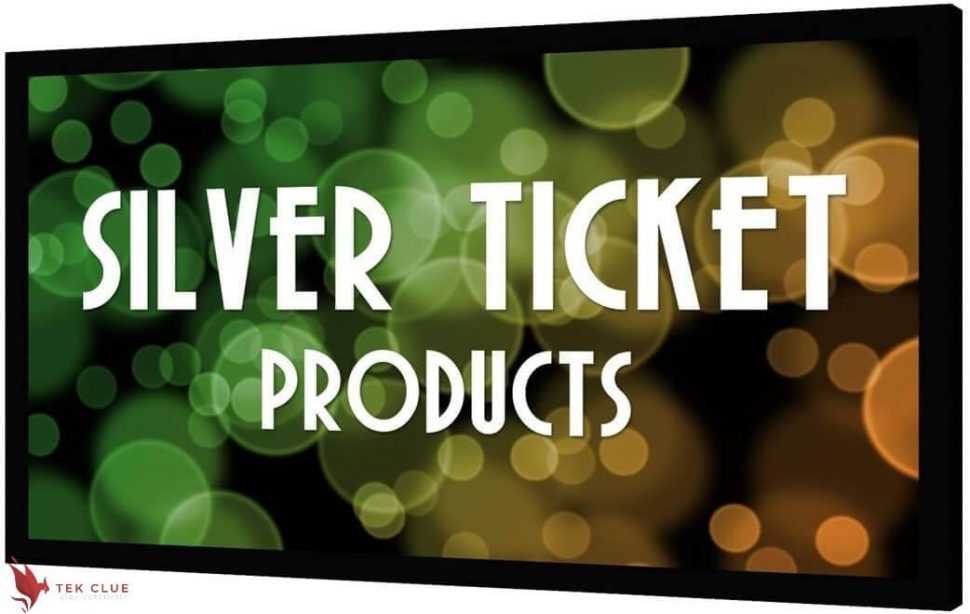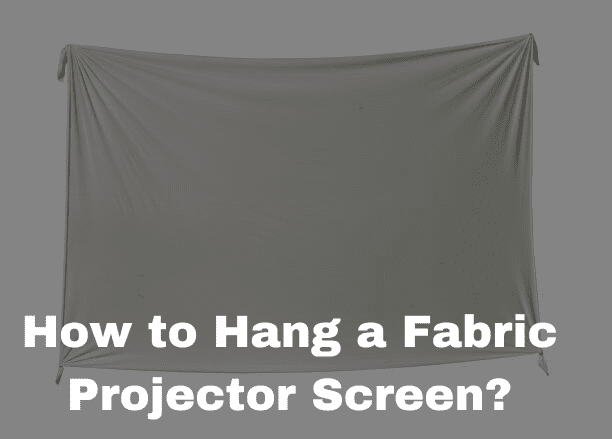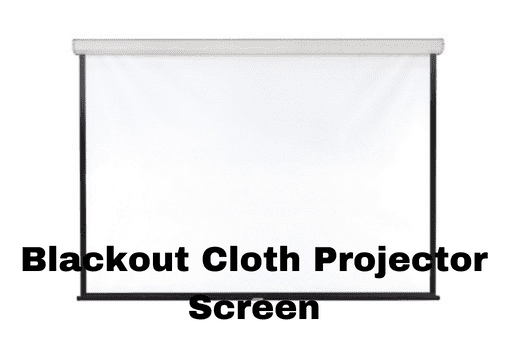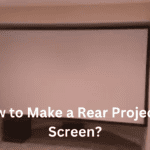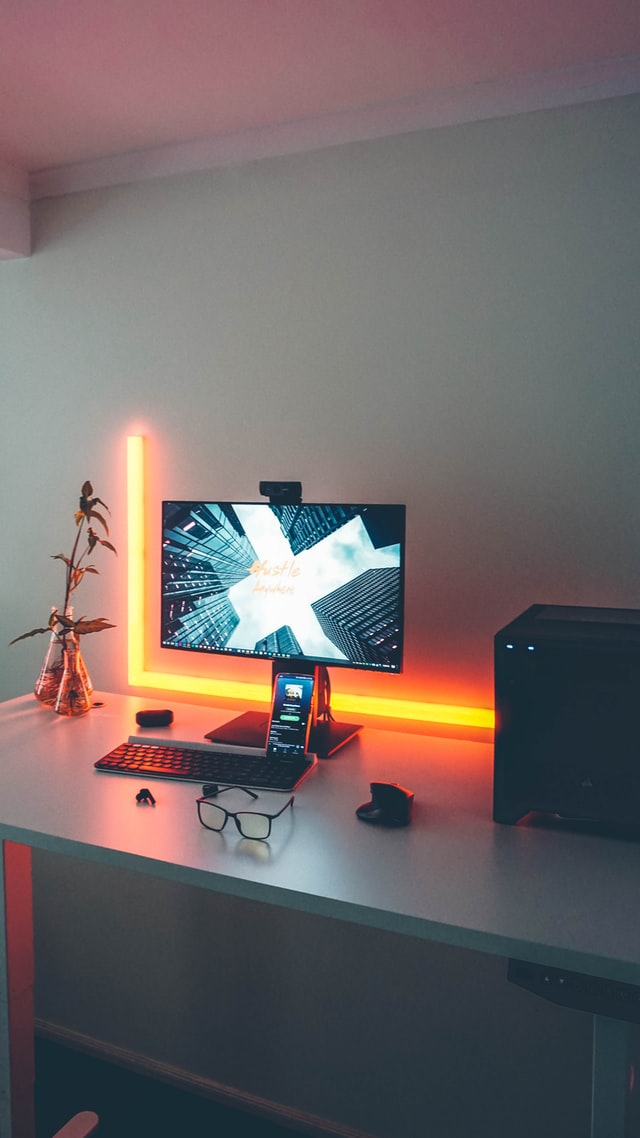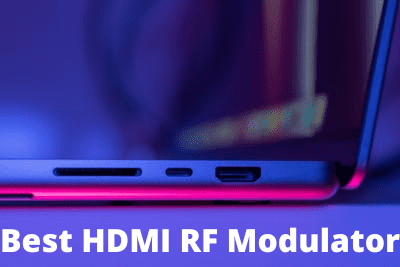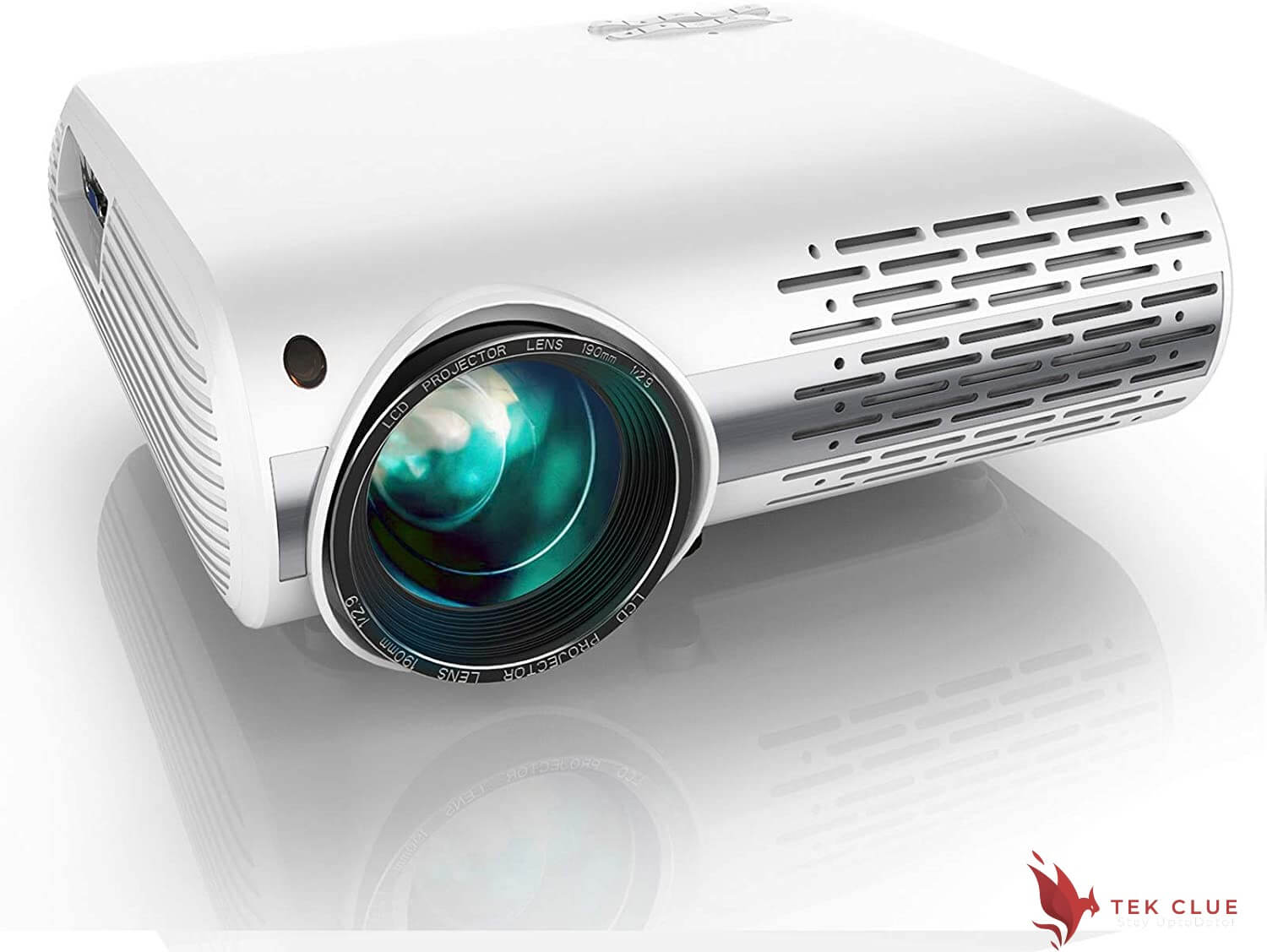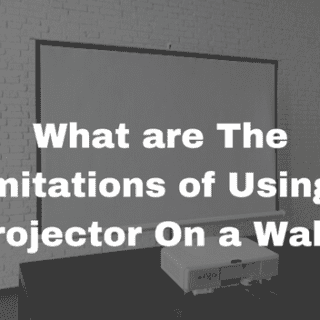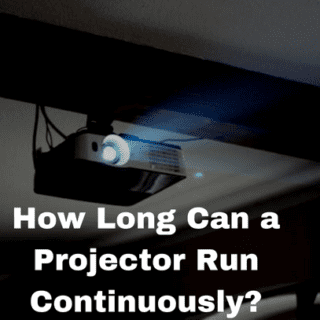- Screen Size and Aspect Ratio
- Design of the best material for projector screens
- A Pull Down Screen
- Projection on Walls
- Mobile or Rolling Screens
- Viewing Angle of the Projector screen
- Coatings of Projector Screen
- Elite Screens 125″ Spectrum Electric Motorized Projector Screen
- QualGear 100-Inch Fixed Frame Projector Screen
- Elite Screens Aeon CLR Series, 100-inch 16:9, Edge Free Ambient Light Rejecting Fixed Frame Projector Screen
- FAQs
There has been a lot of debate about what the best projector screen material is. Many people have claimed that vinyl, acoustically transparent fabric or glass are all good candidates for the job. But which one is the best? The answer to this question depends on your needs and budget.
If you’re looking for an affordable solution without breaking the bank, then we recommend using black cloth as it’s much cheaper than any other option out there. For those who want something with a more polished look but don’t need anything too fancy, we suggest either vinyl or acoustically transparent fabric because they offer clear viewing while also being easy to clean and maintain. Finally, if you require a high-end business presentation room or multimedia, this post is for you.
Do you need a projector screen for your next movie night? If so, it’s essential to know what material is best. There are many different materials out there that can be used as a projector screen. While some of these materials are cheaper than others, they may not provide the quality that you’re looking for in your viewing experience. Here are four different types of best projector screen material and their benefits. So let’s get started.
Choosing the right projector screen is no easy task. There are many factors to consider when making this decision, but you’ll find our materials helpful in figuring out for yourself what will be best suited for your needs and requirements.
Screen Size and Aspect Ratio
If you’re looking for a screen and projector to fit your space, here are three things that need to be matched with each other: the screen size, projection ratio (throw), and installation place.
If these parameters are considered before equipment purchase, unpleasant surprises such as an image going beyond the frame or incorrect focus will not happen.
When watching movies, videos and other content with a 16:9 aspect ratio on your HDTV or home theatre system, you may find it annoying when there are large unnecessary margins. It is because the standard for high-definition multimedia has been set as a 16:9 aspect ratio to account for all of today’s modern devices.
Some older systems still use 4:3, which isn’t so attractive due to those same pesky black bars that appear in each corner of the screen (as seen from our example). The best thing about this change? You’ll reduce eye strain by not having any more unwanted “white space” plaguing your screens!
You may also like Best Paint For Projector Screen to Get the Best Results.
When looking at monitors, there are many different aspect ratios to choose from, but if you want a whole 1080p experience without any wasted space on your screen, then 16:10 is the way to go. You can have an active field for reading or working and still see all of your slides with no problem.
Cinemas are the place to go for a classic movie, but you might not be getting a complete picture. The Cinemascope screen ratio is 2.39:1 and can only fit in about 25% of theatre screens worldwide due to its narrow width (only 3 inches!). If there isn’t an available seat within this ratio range, then your view will suffer as someone sitting outside that area may block some part of it.
Theatres worldwide use different ratios depending on what kind they show movies from TV or computers – so choose wisely before settling into one with a narrower viewing frame than intended.
Design of the best material for projector screens
The best material for projector screens can be divided into two main groups:
- Fixed
- Mobile
According to the type of design, these devices are known as the fixed frame or mobile frames, respectively. The assembly of a framed device consists of stretching its fabric on it with subsequent attachment to a wall; this is what makes them both different due to their respective advantages over one another when considering certain factors such as distortion elimination and even tensioning, among others.
A Pull Down Screen
A pull-down screen is a practical option for those who want to turn their living room into a movie theatre. It can easily be folded up when not used and unfolded over the TV hanging on the wall with its weighted tape/side stretchers. Roll-up screens are manually or motorized by an electric drive depending on the model – some have triggers that open them automatically together with projectors.
Projection on the wall is also an excellent option for screens. Before picking this route, though, there are some things to consider, like how big of an area you need and what type of surface it will be projected onto.
Projection on Walls
Projection on walls can come in handy if you don’t have enough space or want something more portable than buying two large TV’s. Instead, pick one up that has both projector screens with speakers! Unfortunately, there isn’t much room for movement when using projection as your medium once everything is set up, so measure carefully beforehand.
Mobile or Rolling Screens
When presenting at work or when moving from room to room, a roll-up screen is perfect. The robust aluminium design can easily be folded up for transportation, and the tripod breaks down into a manageable carry size that fits in any car trunk.
Many people are looking for the perfect way to display their presentations on a large scale. They want something that is easy and convenient and offers excellent stability and durability to provide a practical viewing experience. These are also among the best projector screen material.
The collapsible frame provides this type of solution because it has been designed with these qualities in mind! With careful consideration into how we use screens every day, they have created a product which will offer you everything that you’re expecting without any hassle whatsoever – giving your company or school so much more potential than before when presenting such information one-on-one with guests or students alike.
Viewing Angle of the Projector screen
The viewing angle of the projector screen is critical. It will affect your audience’s ability to see what you present on the screen and their comfort with the seating position. The video below shows how important a wide viewing angle can be for a presentation. It displays two different projector screens with different angles, and one is much more comprehensive than the other.
There are two ways to view a projector screen, the front and the side. The viewing angle of the projector screen is impacted by where you are sitting. If you’re looking from the front, you’ll be able to see everything on the entire projection surface in one glance.
You may also enjoy How to Clean a Projector Screen (Simple Steps to Follow)
However, if you are sitting at an angle or off to one side, your view may not be as straightforward because your line of sight will only take in part of what’s projected onto it. It can make it difficult for people who have trouble focusing their eyes when moving around since they need to constantly refocus their eyes while watching a presentation that moves around a lot on a large-sized projection surface.
Coatings of Projector Screen
1- White Screen
The white matte screen is a universal type of projection. Its wide viewing angle provides an excellent experience for those with adjustable lighting levels, but it has disadvantages too. The main one being that its diffusivity will reflect light from every source in all directions, which can lead to an unpleasing or even blinding effect if not taken into consideration when designing your room and setup. These are also among the best projector screen material.
If you are intent on using this type of screen, be sure to put up dark curtains around any windows so that only natural light comes through as well as investing in blackout shades/curtains for other sources such as lamps near where viewers might sit while watching the film (or computer) projected onto the wall or ceiling.
Elite Screens 125″ Spectrum Electric Motorized Projector Screen
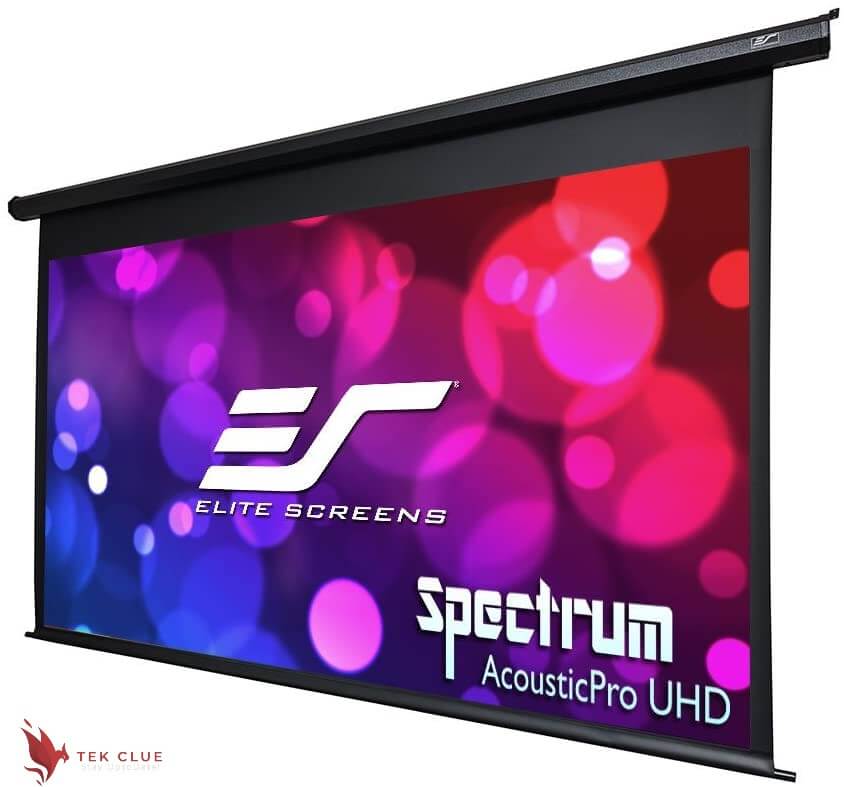
2- Gray Screen
Gray screens have been around for a while now, initially in the form of white. However, grey screens are new at their best. On top, it is not just any kind of screen. Still, it has come up as an answer to some very pressing problems.
TV manufacturers face today, such as solid glare from lights or the colour reproduction that happens when viewing pictures under unnatural light conditions like orange streetlamps nearby. Gray also helps reduce reflection making images more visible, especially if you’re watching something late at night with little background illumination – no need to worry about your eyeballs getting tired before bedtime. These are also among the best projector screen material.
QualGear 100-Inch Fixed Frame Projector Screen
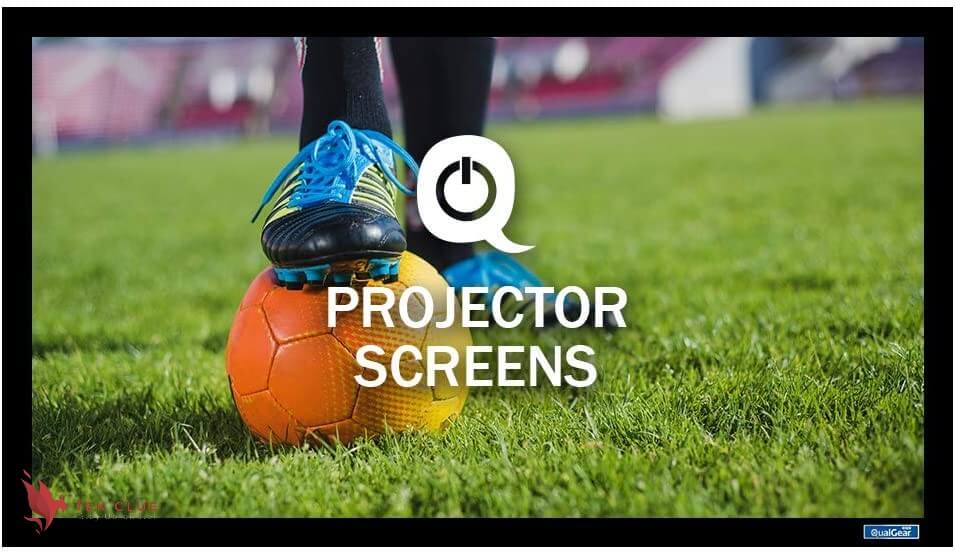
3- ALR Screen
ALR or Ambient Light Rejecting is a common name for screens that reflect light and direct it towards the viewer. Unlike traditional reflective surfaces, they use an angle of incidence equals to their angle of reflection- the law which goes back to basic optics: so it is among the best projector screen material.
The projector in front reflects only what’s needed onto the screen surface, so external sources are excluded from reflecting on your face. The result? Better contrast and brightness despite any ambient lighting conditions.
4- UST Projector Screens
USTs are special screens designed to work with ultra-short-throw projectors, which can be installed at a distance of several tens of centimetres from the screen. This type of projector is becoming more and more popular as it becomes cheaper than traditional long-focus projectors on the market.
UST screens are sleek and modern, designed to absorb ambient light. Unlike other screen surfaces that can be reflective or even washed out by surrounding light sources, UST screens show the best possible picture no matter where you’re sitting in a room–even if it’s bright outside! These prisms reflect any source of uniform illumination from below into your living space rather than letting it seep through as windowpanes do.
Elite Screens Aeon CLR Series, 100-inch 16:9, Edge Free Ambient Light Rejecting Fixed Frame Projector Screen
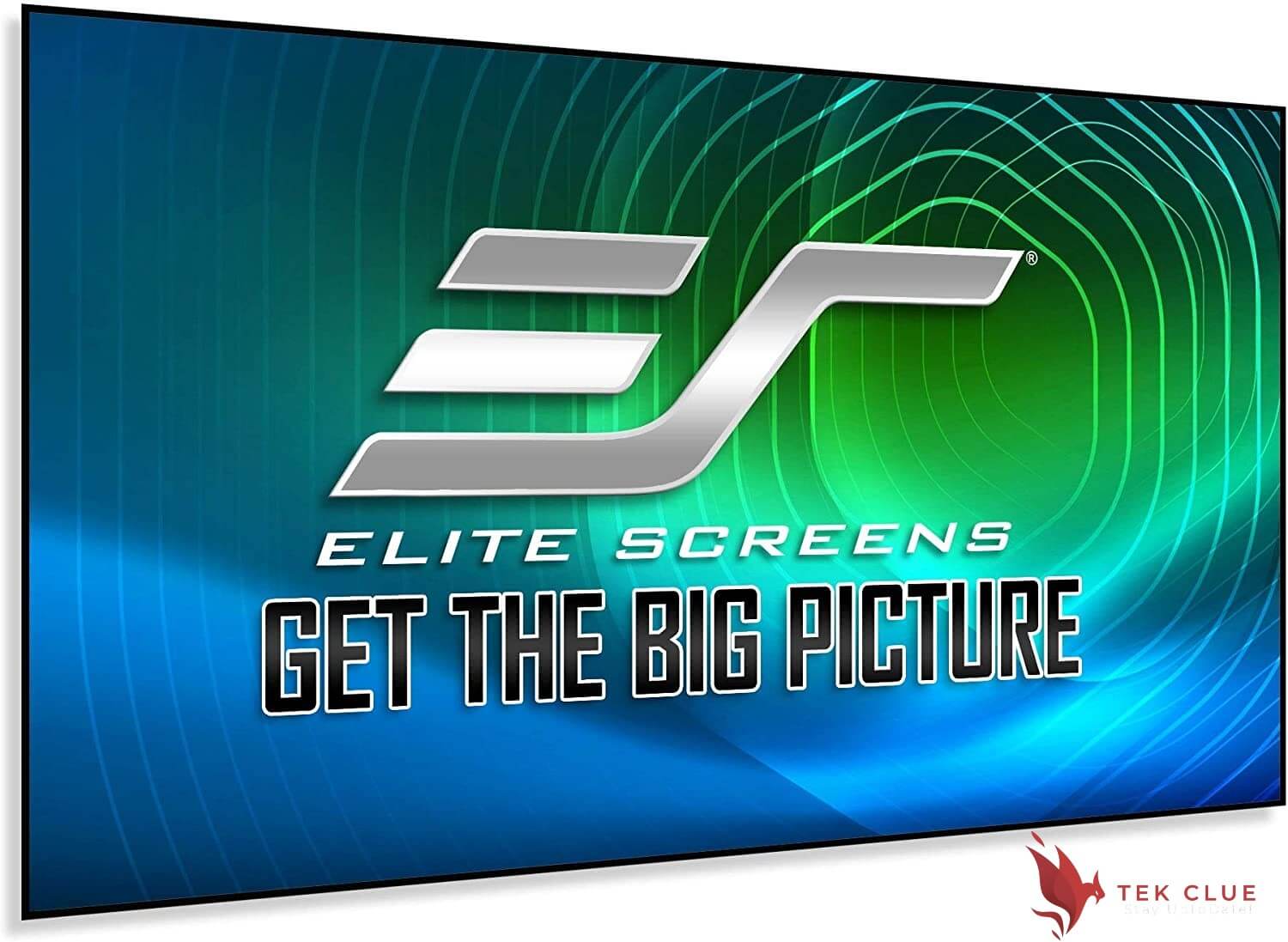
FAQs
Do I require a unique screen to show 3D?
No, you needn’t bother with a unique screen for 3D at home. However, since the brilliance of the picture is perceptibly decreased when seen with 3D glasses, ensure that your projector is adequately splendid while picking either a white or dim screen.
What is the best tone for the projector screen?
The decision of screen tone relies upon the lighting conditions. On the off chance that the lighting is controlled and the inside in the room isn’t too light, then, at that point, you can securely pick a white screen. A dim screen will suit you on the off chance that a bit of foundation enlightenment or brilliant light is assumed. Dark screens are not terrified of outsider lighting and give a notable difference. However, the significant expense of such innovative screens assumes a significant part here.
What’s the best screen for a 4K video?
Ultra HD content requires a top-notch screen. It ought to be even and smooth so as not to contort the showcase of minor enough pixels. Screen producers mark such smooth models as “4K screen”. If you are on a strict financial plan for a 4K projector screen, consider getting a decent quality matte divider paint rather than simply purchasing a spending vinyl screen.

